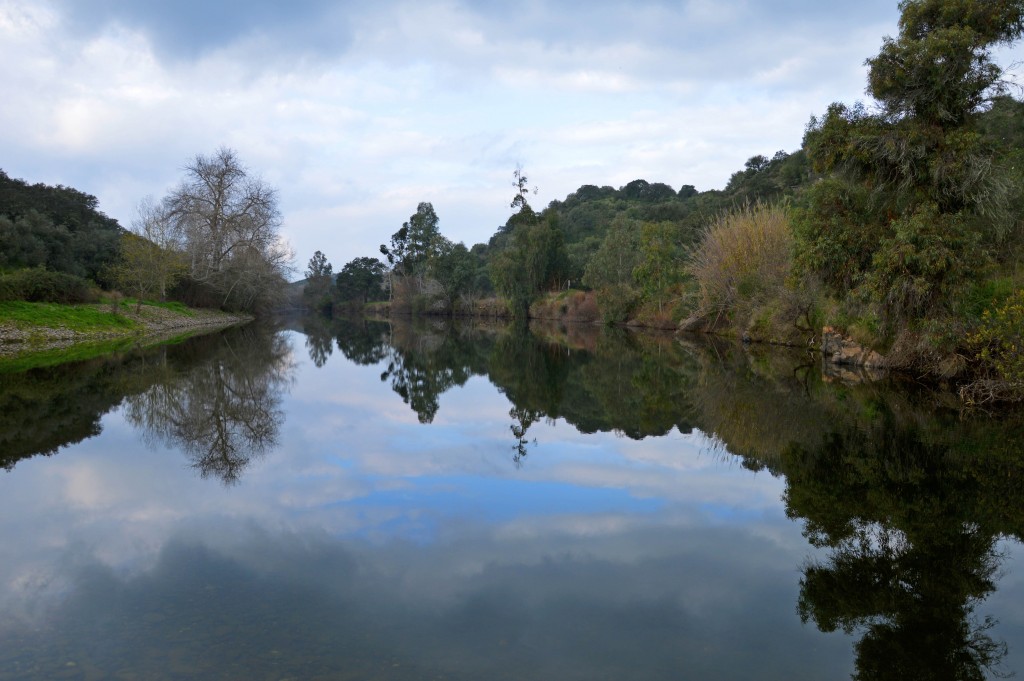 The Saramugo (Anaecypris Hispanic), which is the smallest fish of the fauna of the Guadiana basin, rarely exceeds 7 centimeters in length. However, this tiny fish is being targeted by a LIFE+ Project funded by the European Union, since the survival of the species, for various reasons, is at extreme risk.
The Saramugo (Anaecypris Hispanic), which is the smallest fish of the fauna of the Guadiana basin, rarely exceeds 7 centimeters in length. However, this tiny fish is being targeted by a LIFE+ Project funded by the European Union, since the survival of the species, for various reasons, is at extreme risk.
One of the biggest threats to little Saramugo comes from exotic fish species. «A largemouth bass lays between 30 and 50 eggs, while those of a saramugo have 200 eggs», explains biologist Ricardo Silva to a group of volunteers who, at the beginning of the month, on the Vascão river, next to the alcouteneja village of Giões , participated in an interpretive tour and volunteer action integrated in the environmental education aspect of LIFE Saramugo.
In addition to the largemouth bass, exotic fish species (that is, brought from other regions of the planet and introduced by man into waterways) were identified in the Vascão, a tributary of the Guadiana, the perch, the chanchito (or Spanish perch) , and the mosquito fish. “They are very aggressive species with a brutal reproduction capacity. For this reason, our species find it very difficult to compete with them», adds Ricardo Silva.
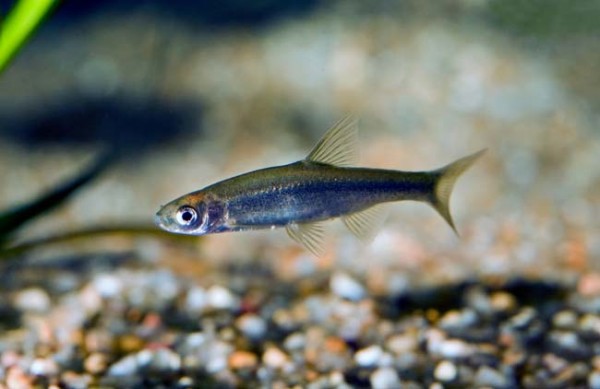
According to Natasha Silva, «12 exotic species in the Guadiana Basin have already been identified». “These species expand and colonize the tributary streams. The pike-perch, for example, was first detected in 2013 at the mouth of Vascão, by a team from the University of Algarve. Last year, they returned to capture this species. Its impacts on the ecosystem are unpredictable, but they will be negative, since it is an extremely voracious species», adds Hugo Lousa.
On that cloudy Saturday at the beginning of February, the work of the group of two dozen volunteers from all over the Algarve and Baixo Alentejo was easy, guided by Ricardo Silva, Hugo Lousa and Natasha Silva, the three technicians from LIFE+ Project “Conservation of Saramugo (Anaecypris Hispanic) in the Guadiana basin (Portugal)”, which has the League for the Protection of Nature (LPN) as its main promoter.
First, there was an interpretive walk along the banks of the Vascão, which marks the border between Algarve and Alentejo, from the Ponte de Giões along the ruined mill of Relíquias to the Moinho do Alferes. A short walk of two kilometers, along which it was possible to see, for example, the results of an intervention carried out by the Institute for the Conservation of Nature and Forests (ICNF) to eradicate sugarcane plantations, which are a species of exotic and invasive flora, from the banks of the Vascão.
In the end, the volunteers helped to plant about two dozen trees and shrubs (ashes, oleanders, myrtles) in a land next to the bridge on the road between Giões and Mértola, where a small rest and landscape interpretation area will be created. A task that the volunteers dispatched in an hour, hoping that the rain would continue, so that the small plants would be able to survive, before the summer arrives, which is very dry here.
“Vascão is one of the most emblematic and best preserved streams in southern Portugal, and that is why there is still the saramugo here,” explained Natasha Silva. Due to its unique characteristics, Ribeira do Vascão was designated, in 2012, as one of the two new Ramsar Sites in Portugal.
Like all watercourses in this region, in winter, the river has a torrential regime, but in summer, it stops flowing or runs only under the gravel, and forms snags. Showing that life is hard in these parts, fish, crustaceans, insects and amphibians that depend on water are conserved in these catches. Hence, the conservation of these ponds in the middle of the riverbed is considered fundamental.
The saramugo, which had initially been identified in «10 sub-basins of the Guadiana», that is, in 10 tributaries of this river, was reduced, with the 2005 drought, to just five. “Maybe it occurs in the others, but not enough to be detected. This year, we are going to make an effort to see if the saramugo is still present in the other sub-basins», explains Ricardo Silva. For now, as far as is known, the small fish still survives in the streams of Foupana, Odeleite, Ardila/(Murtigão and Safareja), Chança and Vascão.
O LIFE Saramugo project, which started in 2014 and runs until January 2018, has already identified the main threats. And they are drought, habitat alterations, such as the silting up of the stream that reduces fish catches, exotic fish species, and even human factors, such as pollution or the destruction of the banks.
And concrete actions have been advanced on the ground to correct some situations, such as the work done by the ICNF mentioned above, to remove a large patch of sugarcane, replacing it with species of local shrubs and trees, such as tamujo, willow, ash and the oleander.
With regard to the bed, two more sand removals are also planned in specific locations, after the first one carried out in 2014 by ICNF, provided for in the Saramugo Action Plan and financed by Somincor SA.
As well as, in some of the most important catches, measures will be advanced to limit the direct access of cattle to the water line, providing, according to Natasha Silva, “other forms of watering” for these cattle, such as ponds or drinking fountains. This access limitation should be done in five or six catches in the various streams.
But the most important action, and one that takes the most work, is the removal of exotic fish species. As explained on the project's website, on the LPN website, “one of the threats to the survival of the saramugo is the pressure caused by exotic species (species not belonging to the Portuguese fauna), which are currently distributed along most of the tributaries of the Guadiana River. This pressure is verified at the level of competition for space and food as well as direct predation of eggs, juveniles and adults».
«During the summer, the streams stop flowing and clumps are formed that serve as a refuge for aquatic organisms. Some of these catches are identified as places where there is a great abundance of exotic species, which coexist with native species, including Saramugo. It is in these places and under these conditions that Project LIFE Saramugo foresees the removal of exotic species, with the objective of substantially reducing this threat».
And it is for this task that LPN has promoted voluntary actions, between mid-July and the end of September, for the removal of exotic species, using net fishing, in some catches on the Vascão stream.
"This type of activity requires a set of human resources, where the help of volunteers is always welcome." This year, there will even be something new: a device for removing exotics will be tested, which the three project technicians did not want to say.
Despite the fact that, on the cloudy February morning, the prospect of spending a few hours in the water was not the most attractive, Natasha Silva insisted on leaving the invitation. «I appeal to whoever wants to be aware of our information (namely on Facebook), and then register and help us».
And how is this removal of exotic fish done? Seine nets are used, which carry out a trawl and then screen. "Natives are returned to the water, exotics are removed and used for studies or are transferred to wildlife recovery centers, where they are used to feed these animals."
And don't think that the small saramugo is the only species of fish native to these streams. There are 12 native species here, but the truth is that, says Hugo Lousa, «more than three quarters of all individuals captured are of exotic species».
"Over the course of the 2015 summer campaign, we caught 13 fish and only 10% of all of them were native species." Data that illustrates well the titanic war that the saramugo and the other local fish have to fight every day to survive…
And the Alqueva Dam, what impact did it have on the already fragile situation of saramugo? «The situation has worsened, since, with its stagnant waters, it has ideal conditions for these exotic species», reveals Ricardo Silva.
“Every time there is a water discharge from Alqueva to the Guadiana River, the temperature drops by two degrees, which is enough for the animals not to have enough stimulus to reproduce”, adds Hugo Lousa.
Therefore, one of the proposals of the LIFE Saramugo is to avoid that, when there are discharges from Alqueva, these exotic fish leave there. A project that involves placing a grid in the discharges is even under study.
For the year 2016, in addition to the exotics removal campaign that will take place in the summer, there is a lot of field work to be done, in addition to pure and hard scientific research. One of the projects is to sink a few more catches.
In other words, over the four-year duration of the project, there is still a lot of work to be done. But, as the promoters of LIFE Saramugo point out, this project “intends to be a decisive catalyst for the long-term conservation of this species so threatened in the world, which only exists in the south of the Iberian Peninsula and which is a living symbol of our wild rivers, healthy and pollution free'. And everyone can make a contribution, however small, as was seen on that Saturday in February.
Photos: Elisabete Rodrigues|Sul Informação:
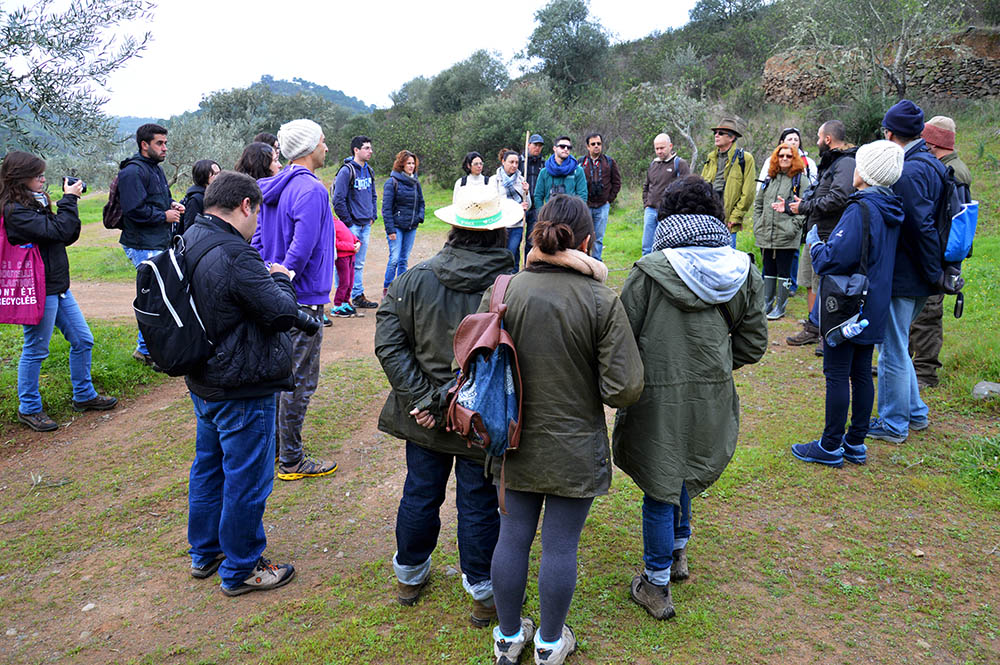
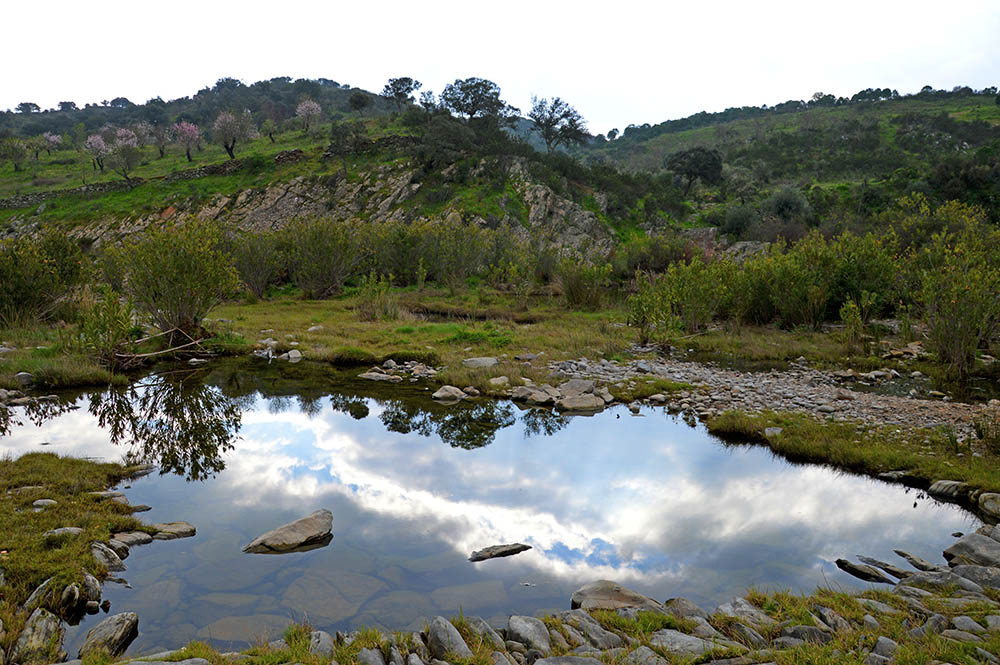
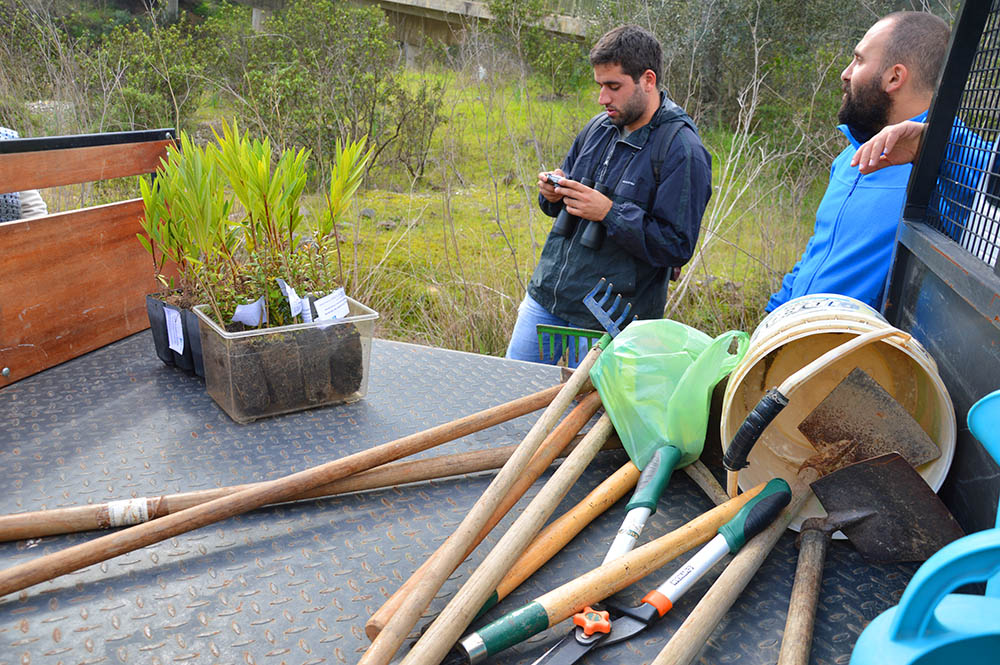
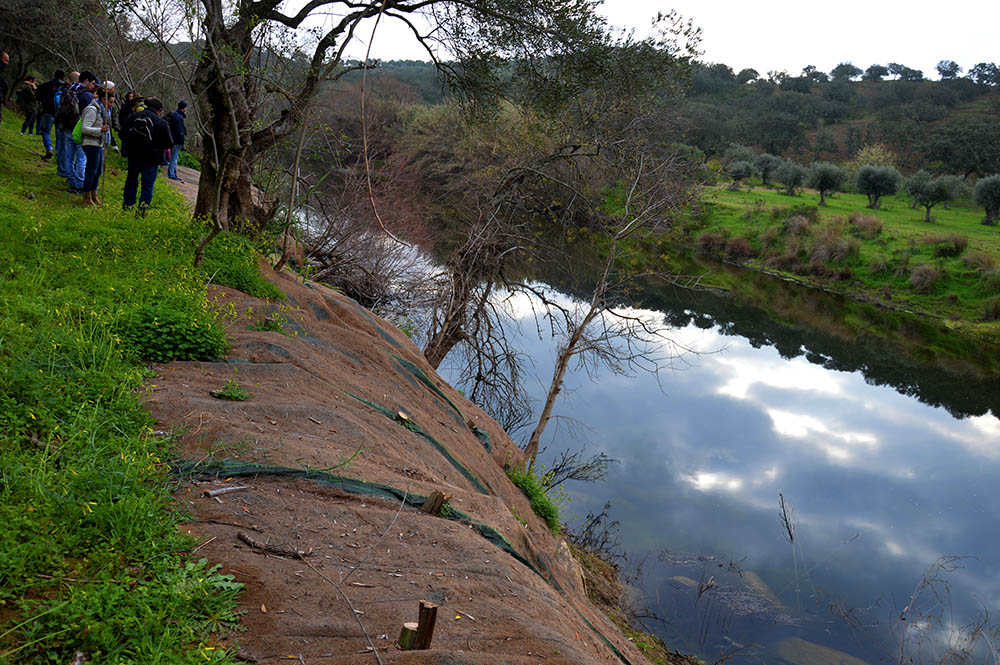
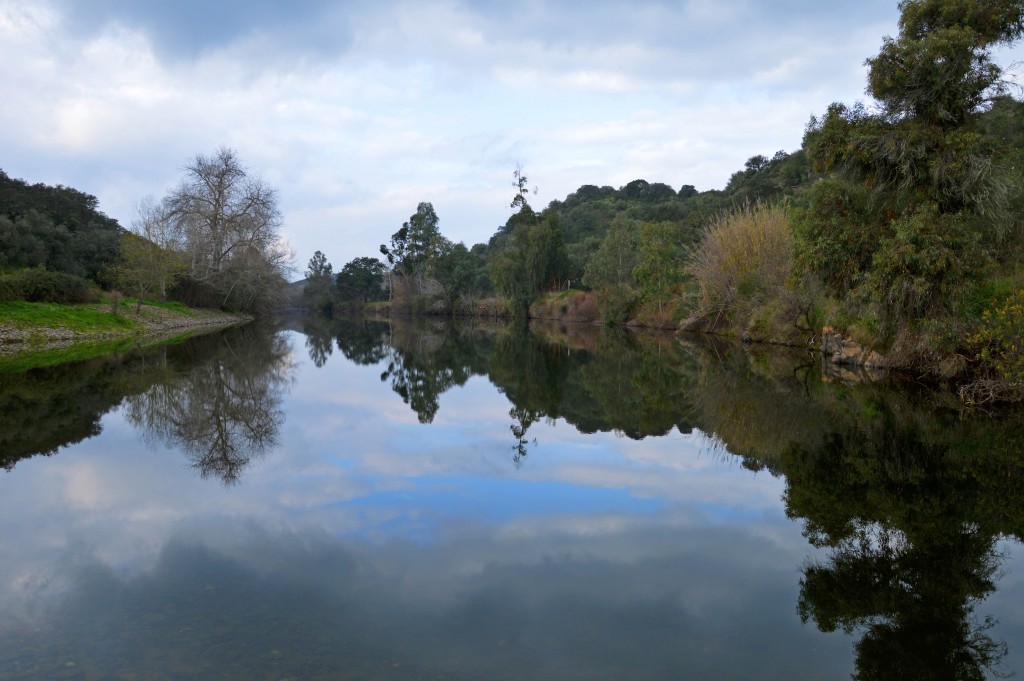
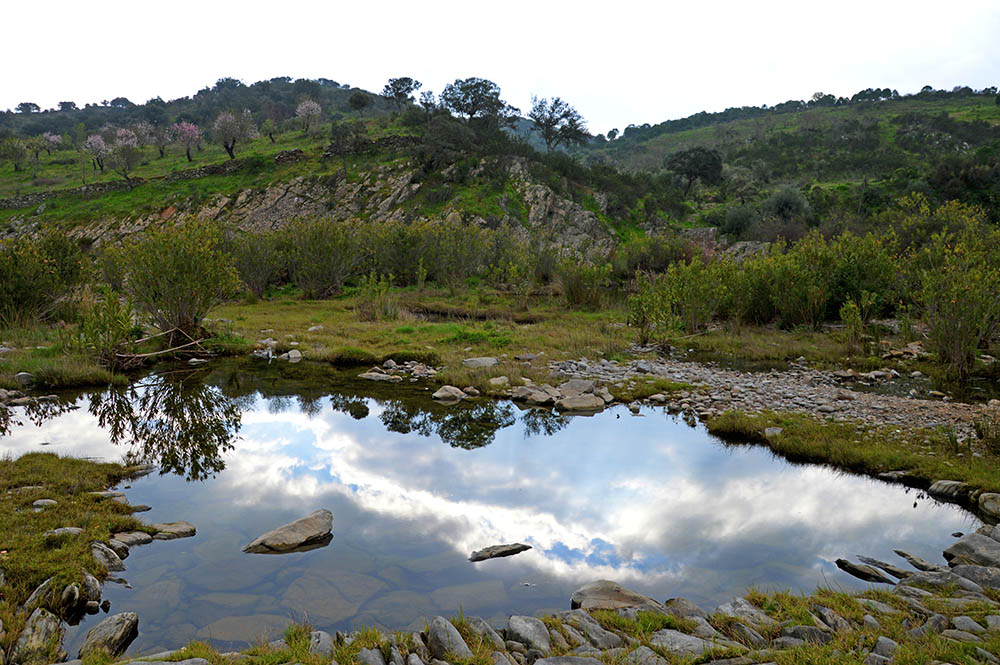
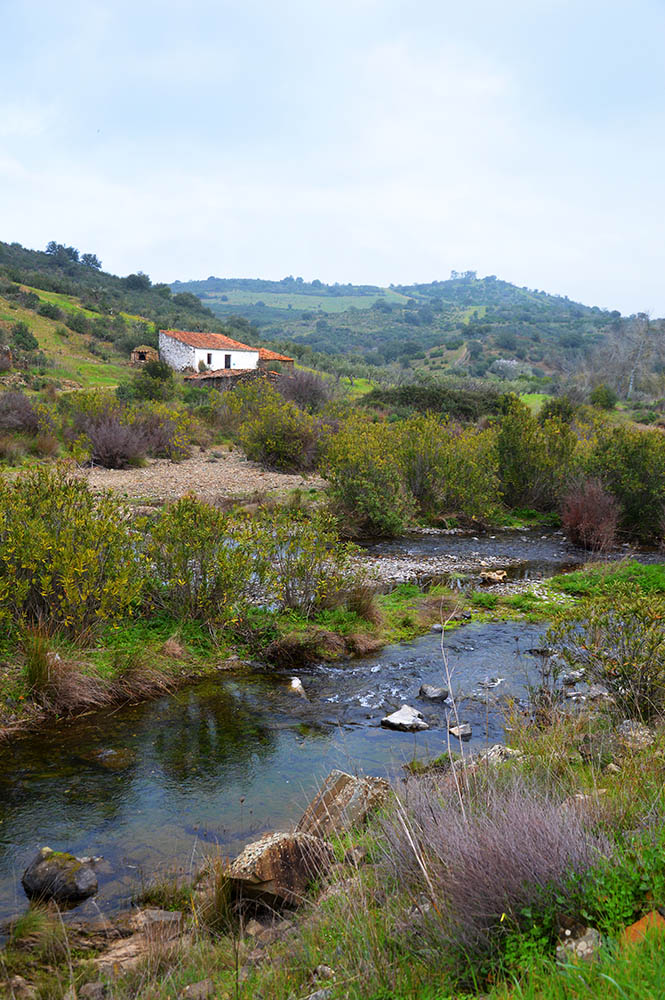
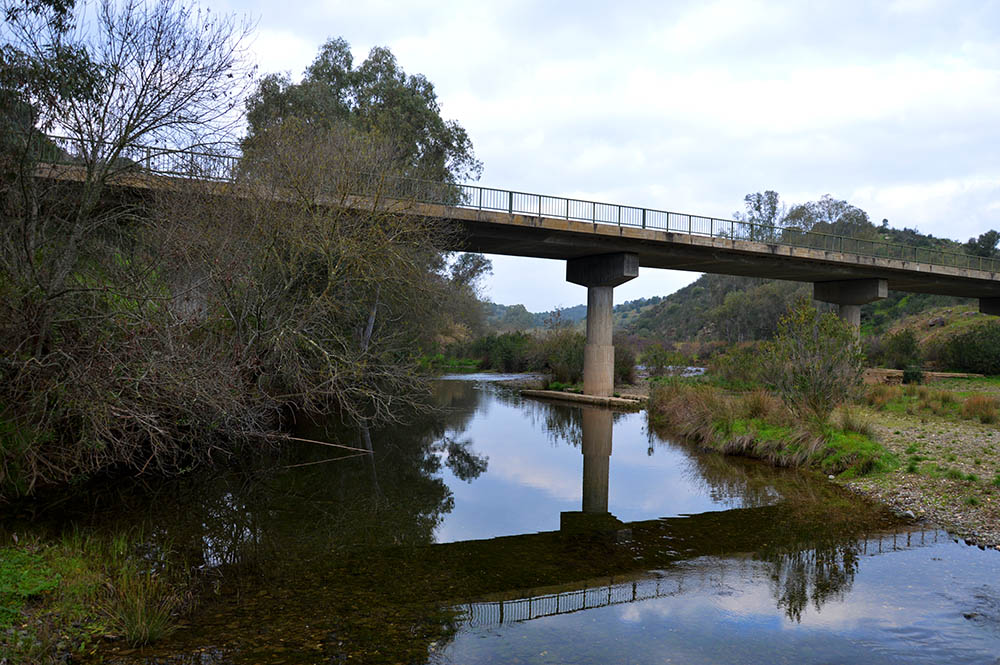
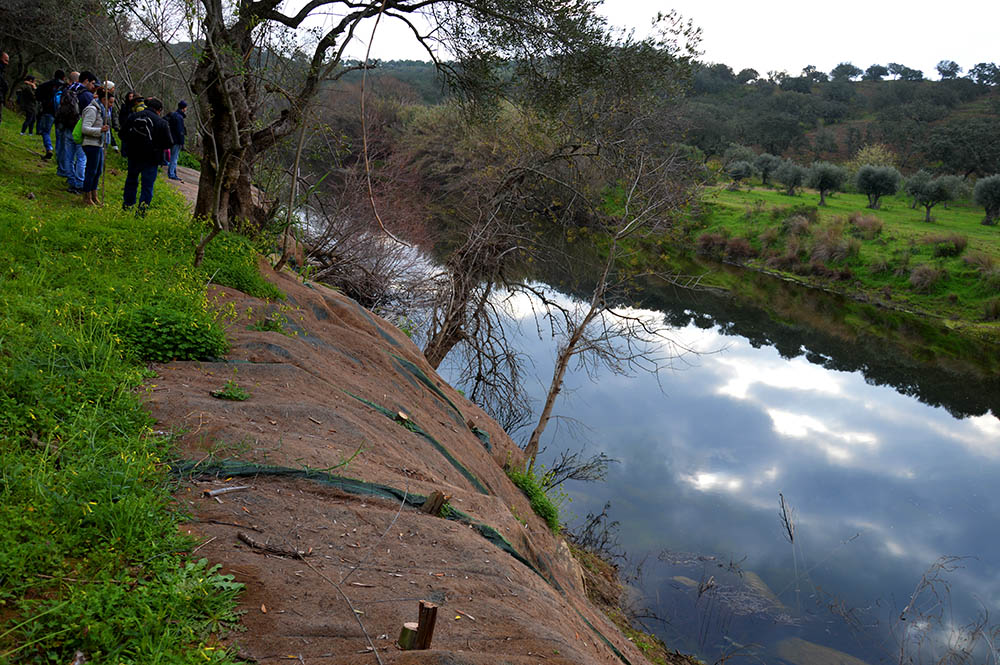
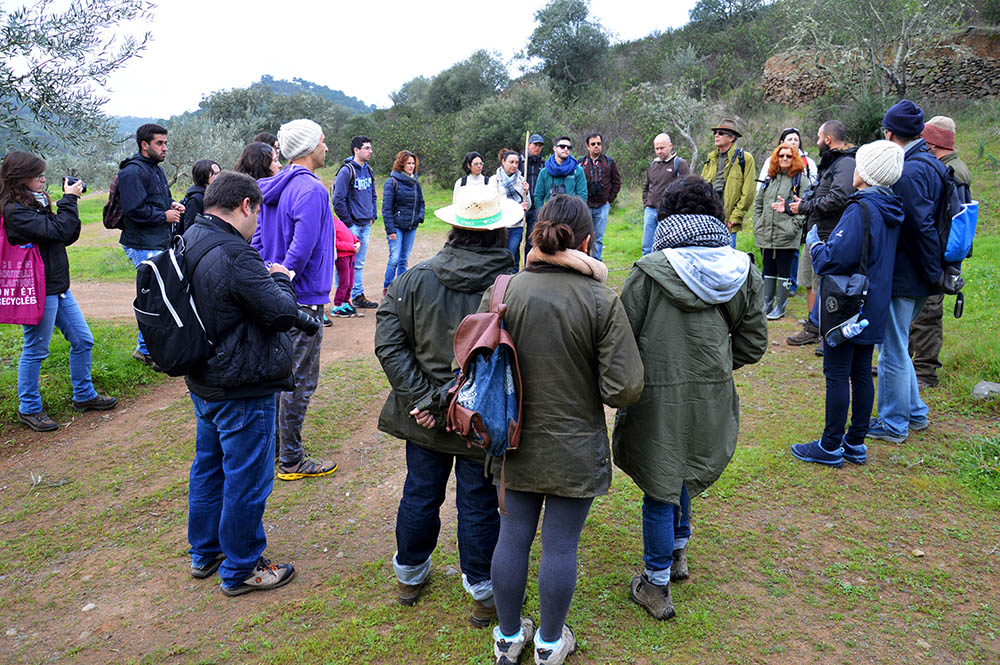
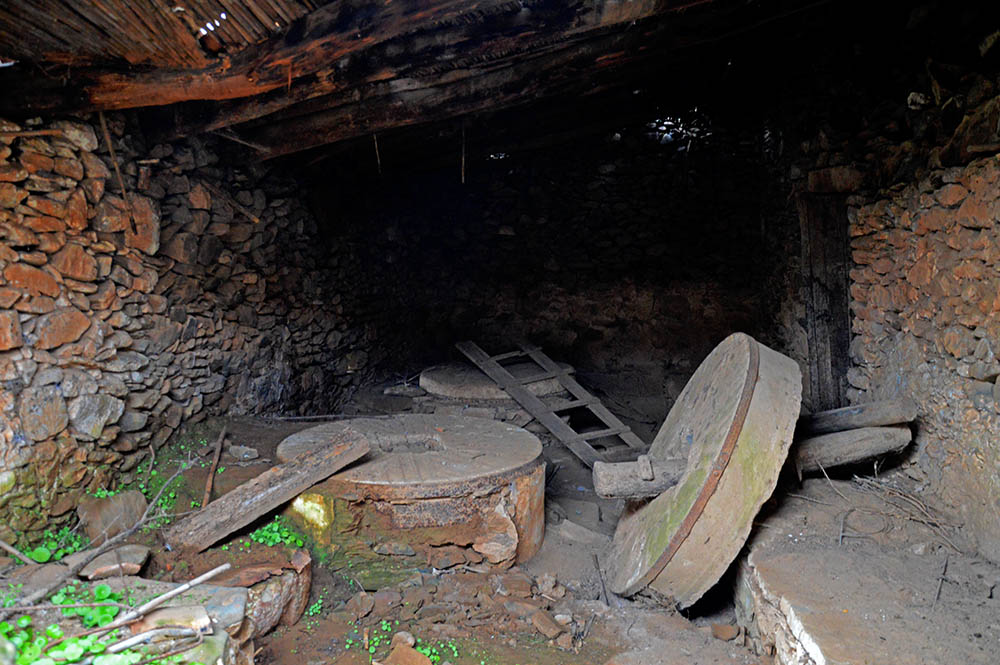
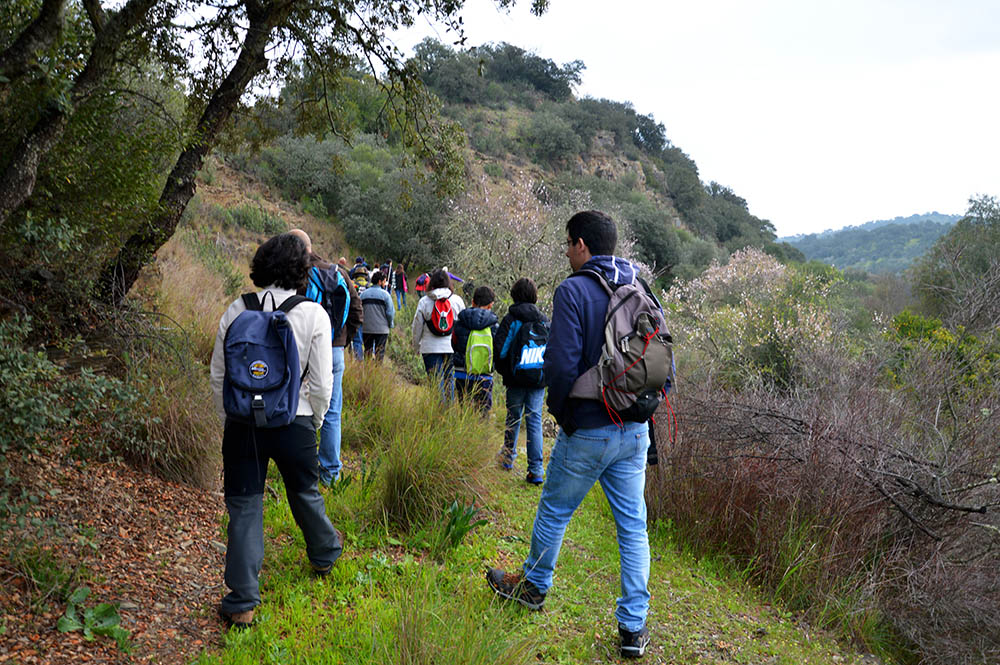
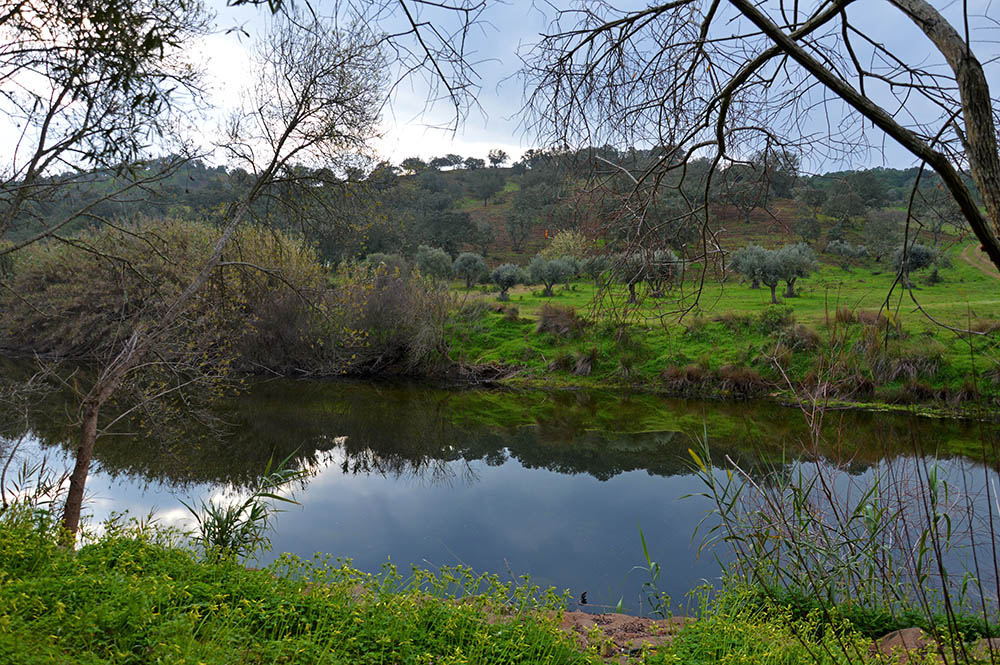
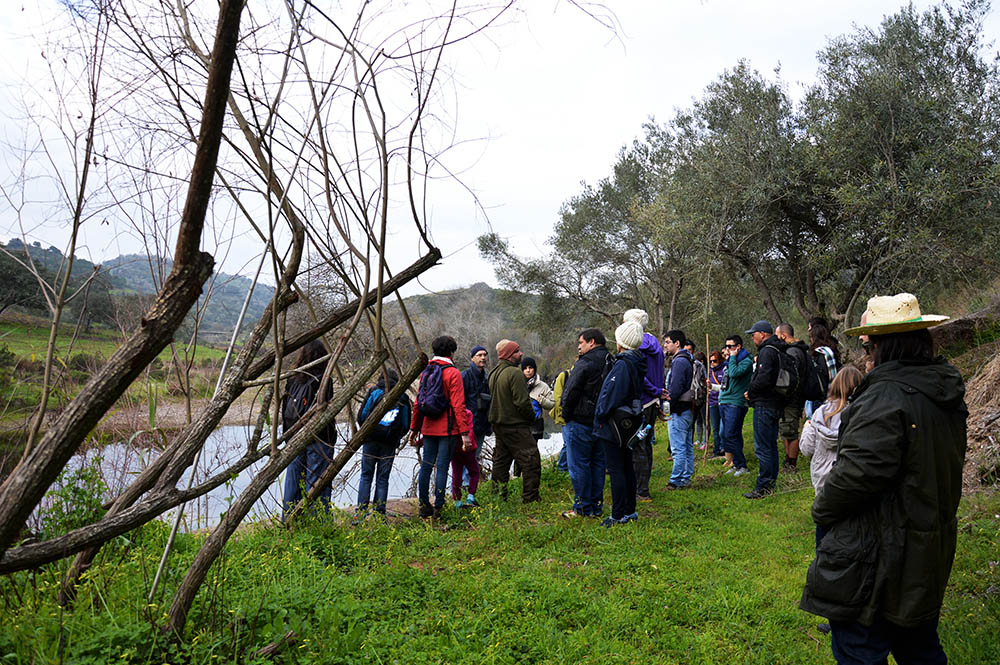
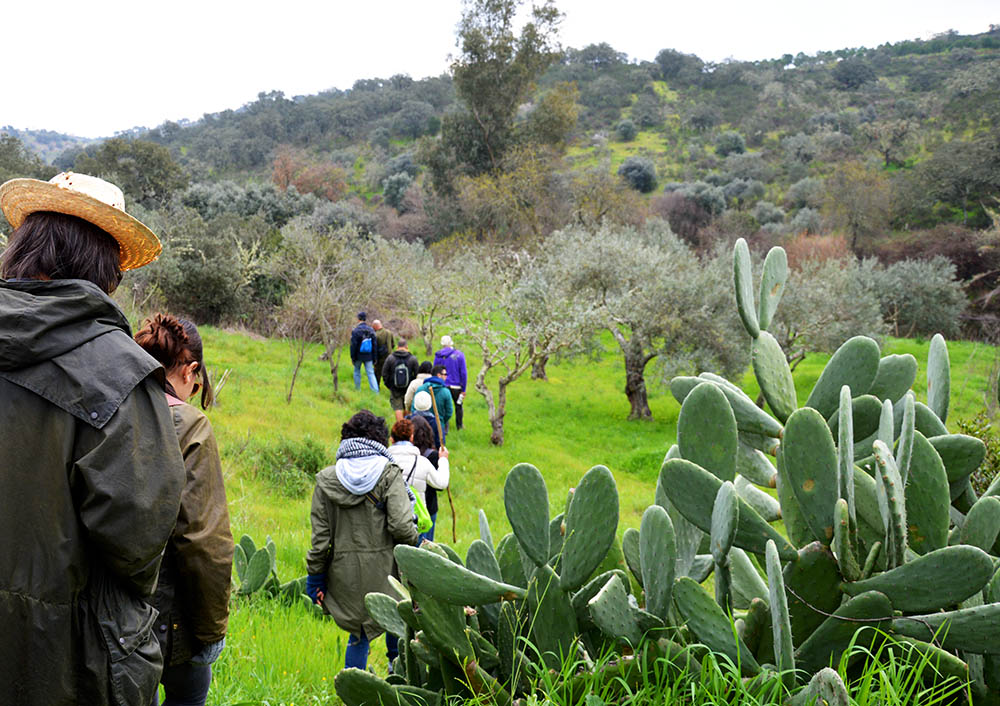
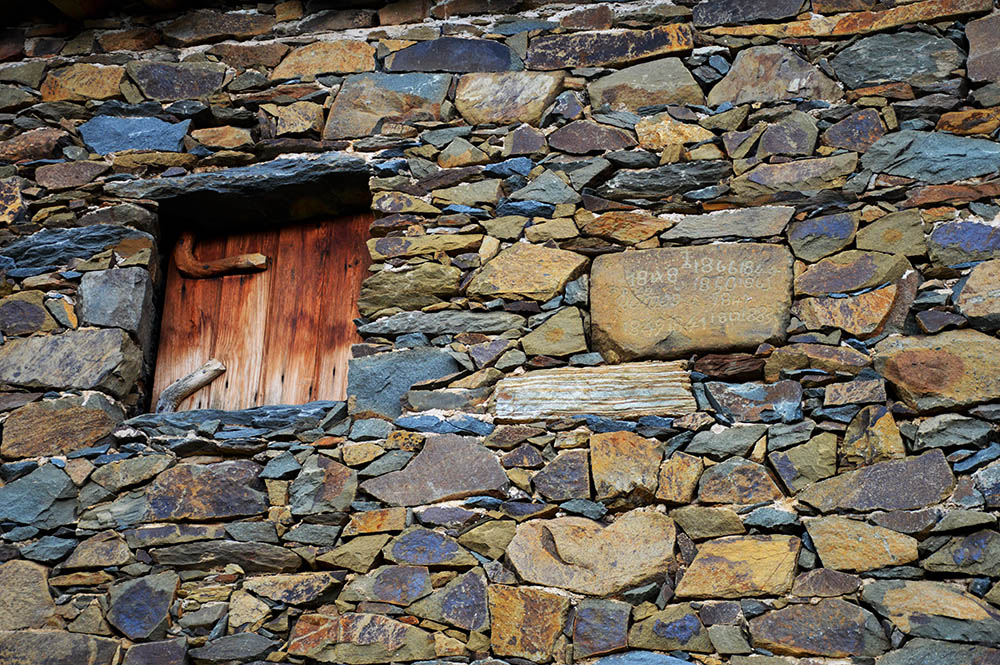
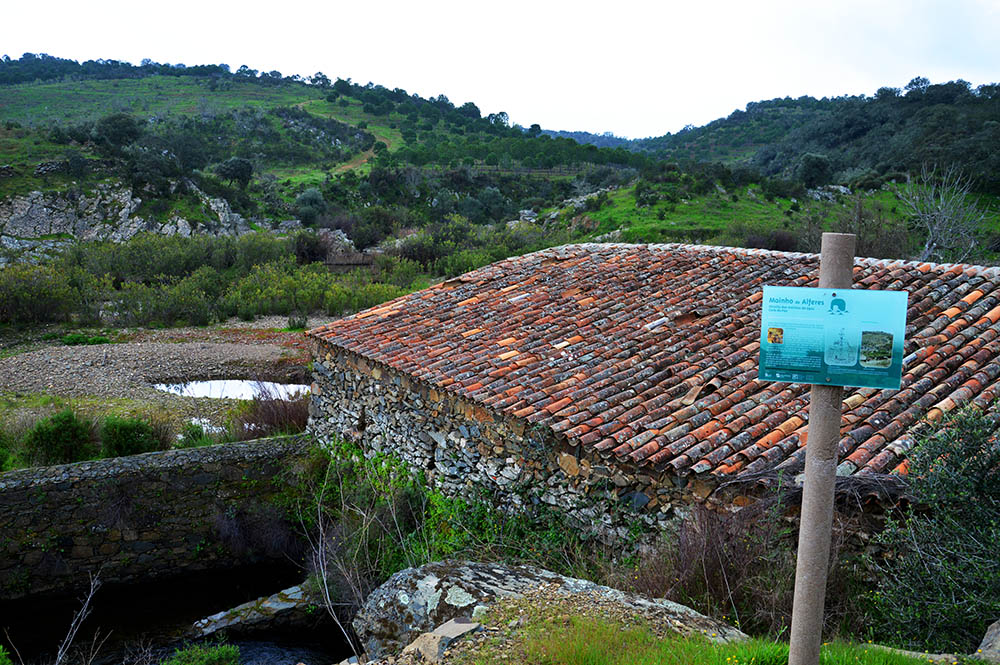
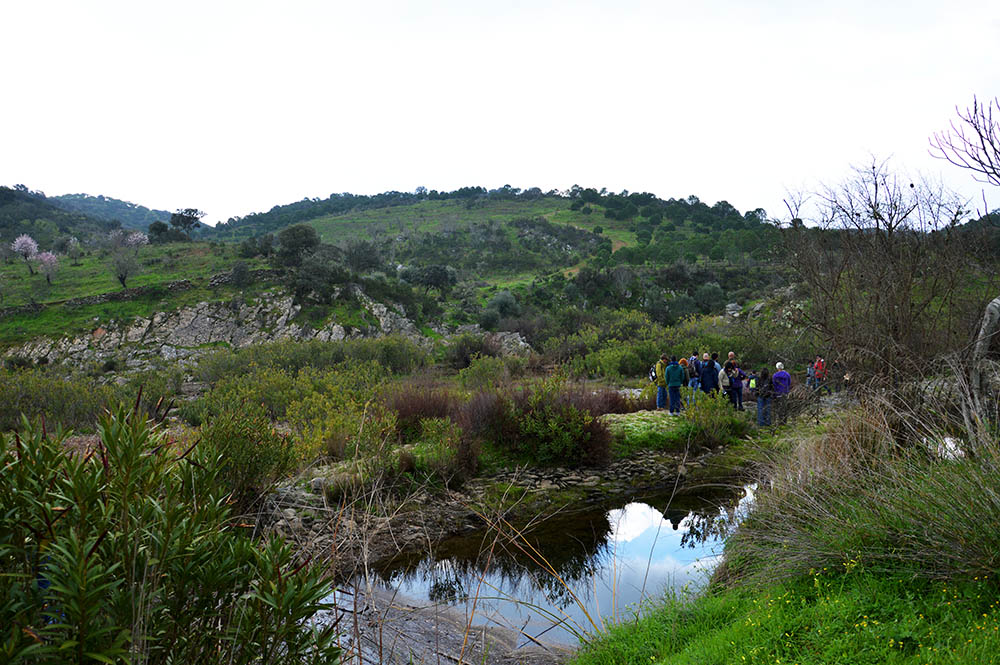
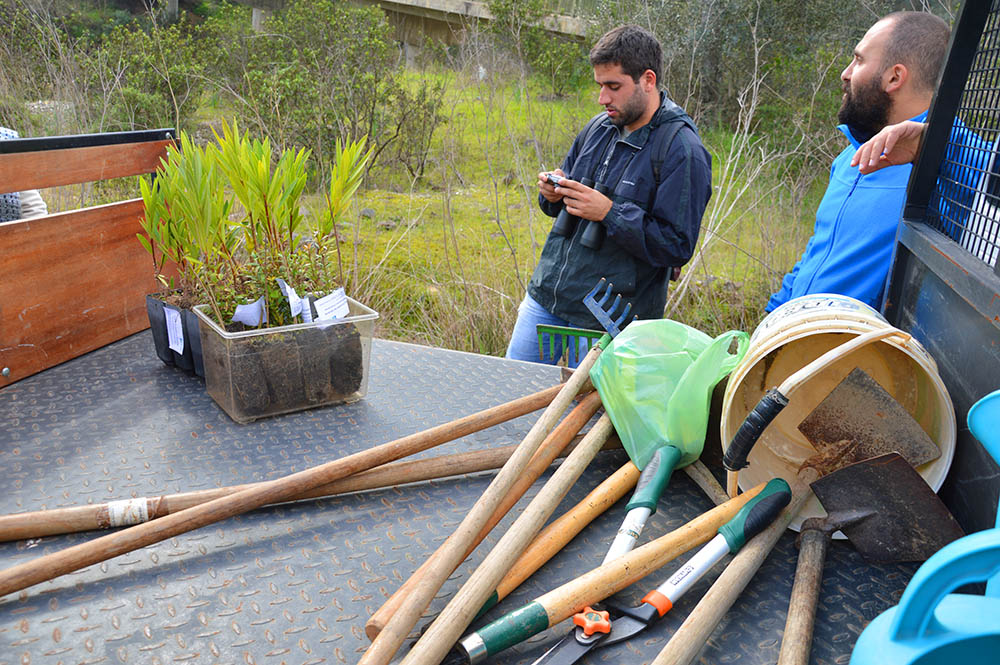
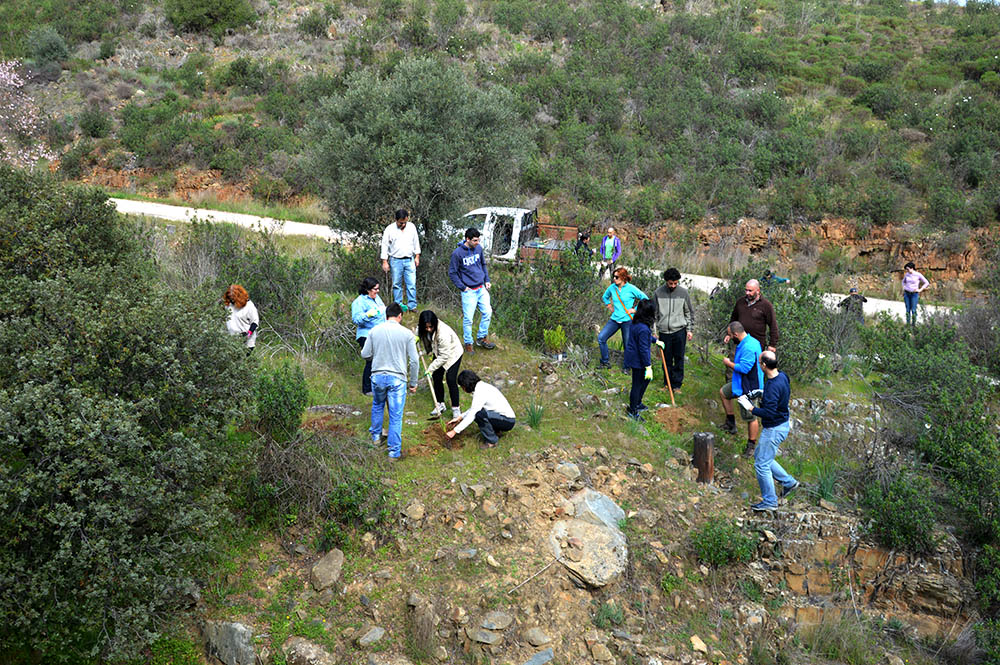
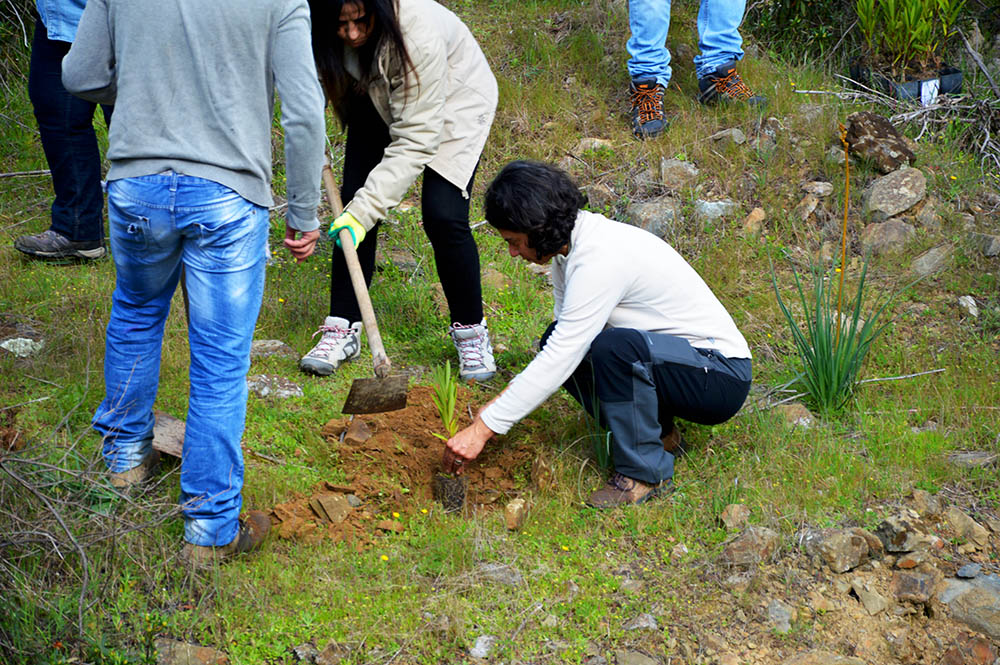
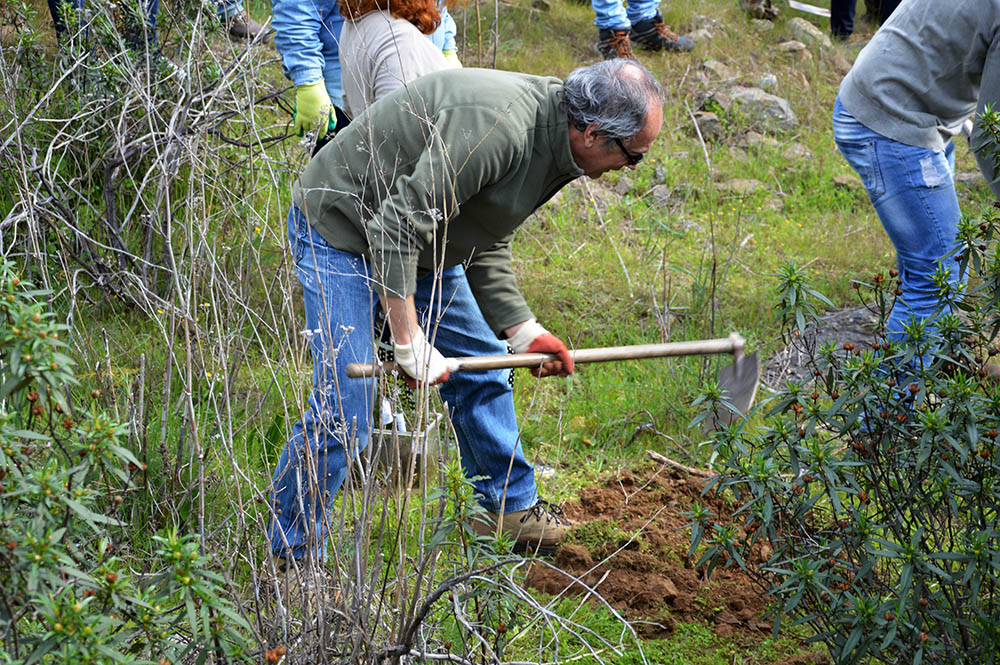
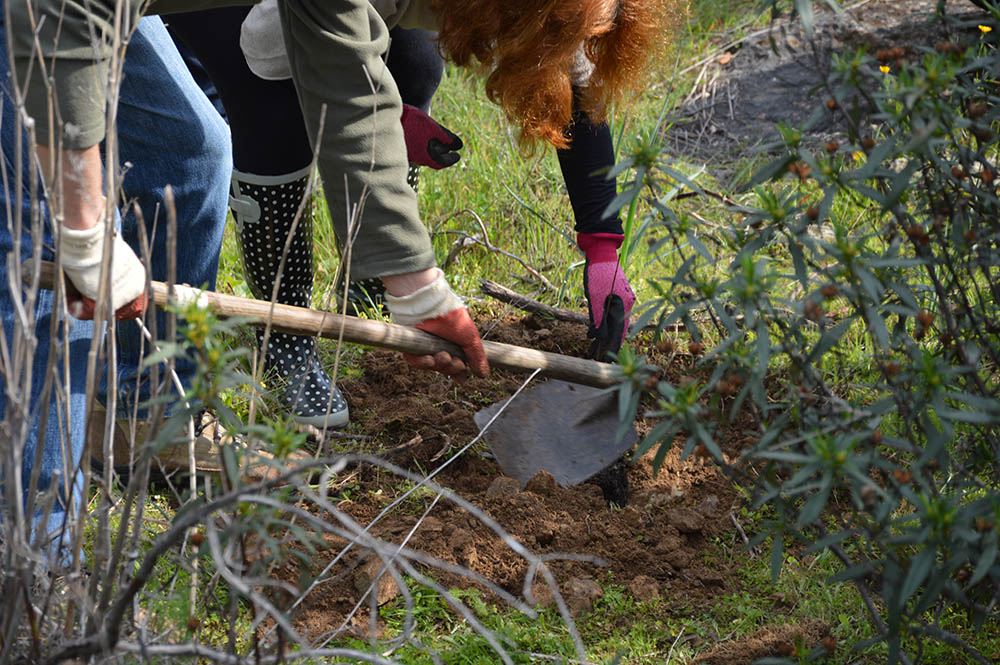
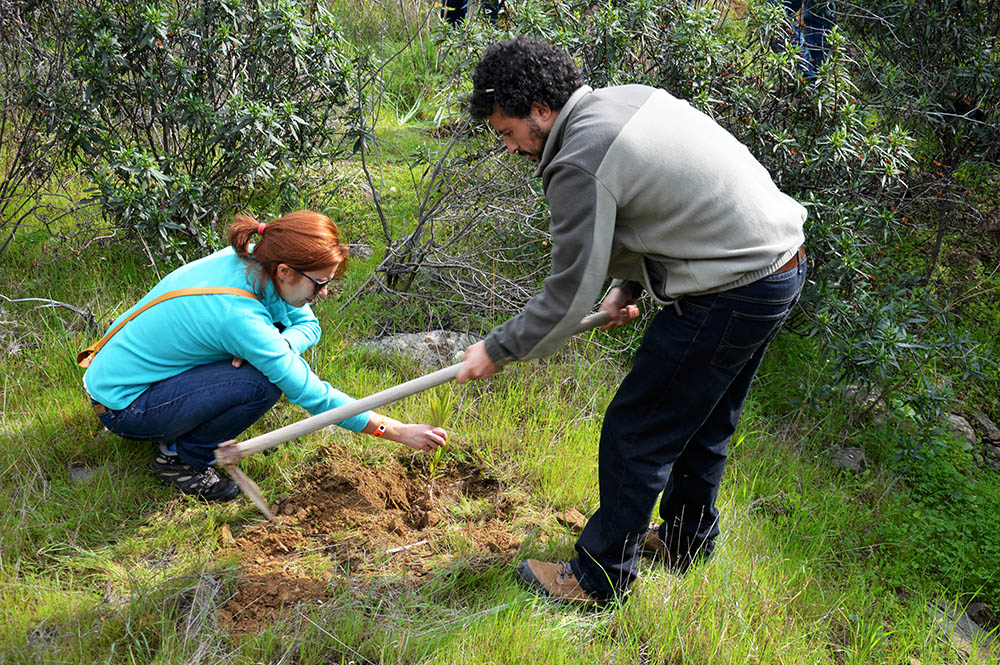
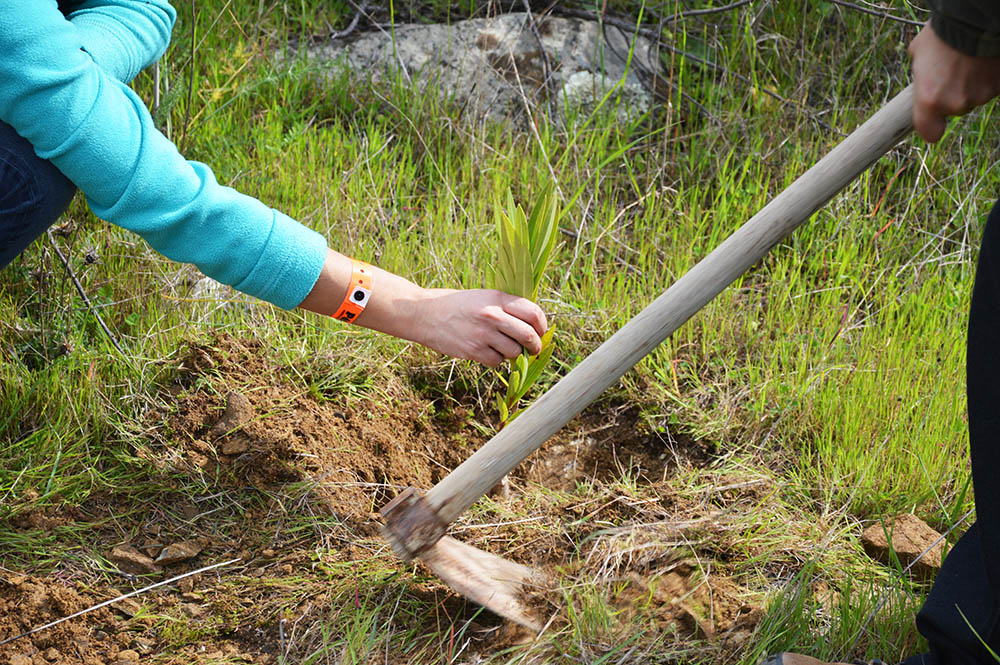
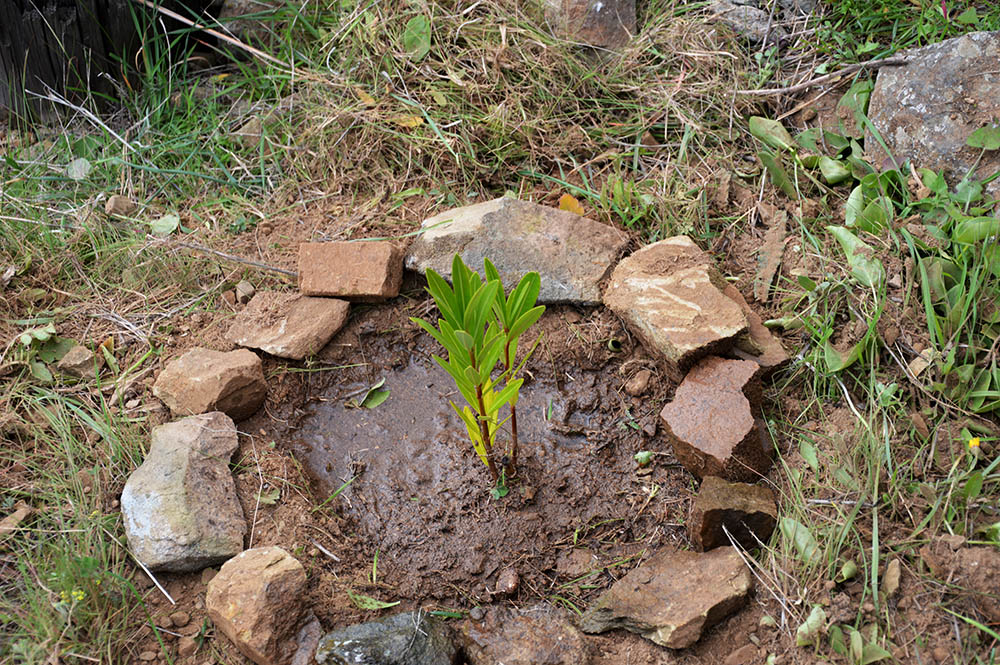
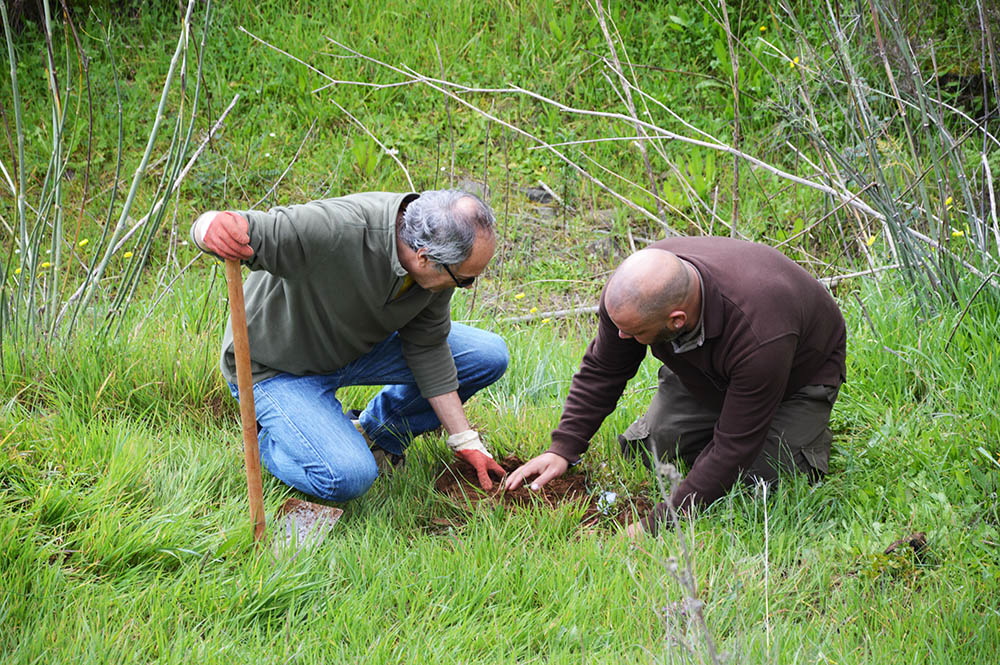


















Comments